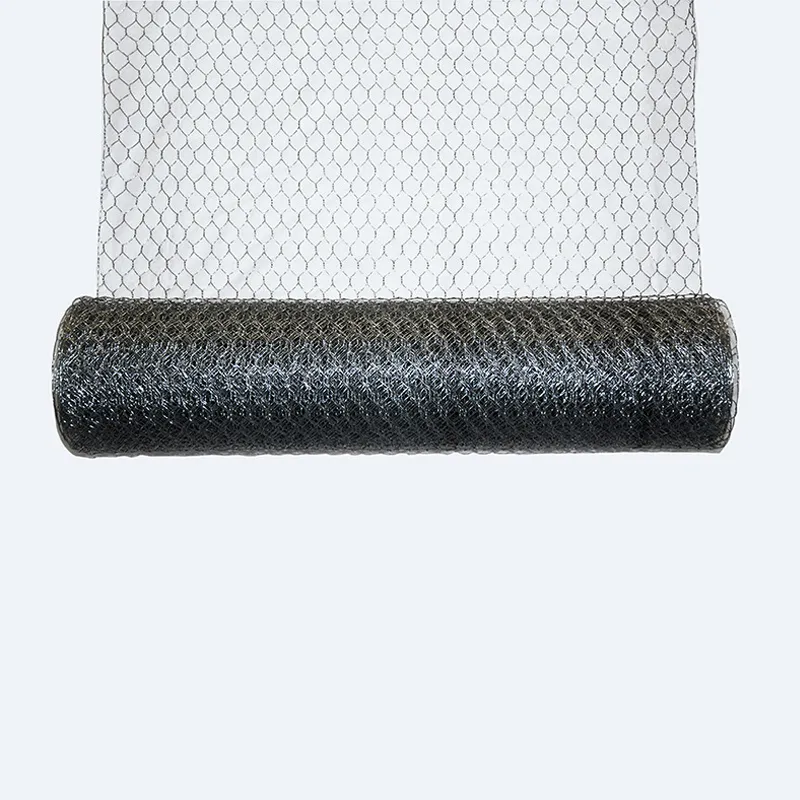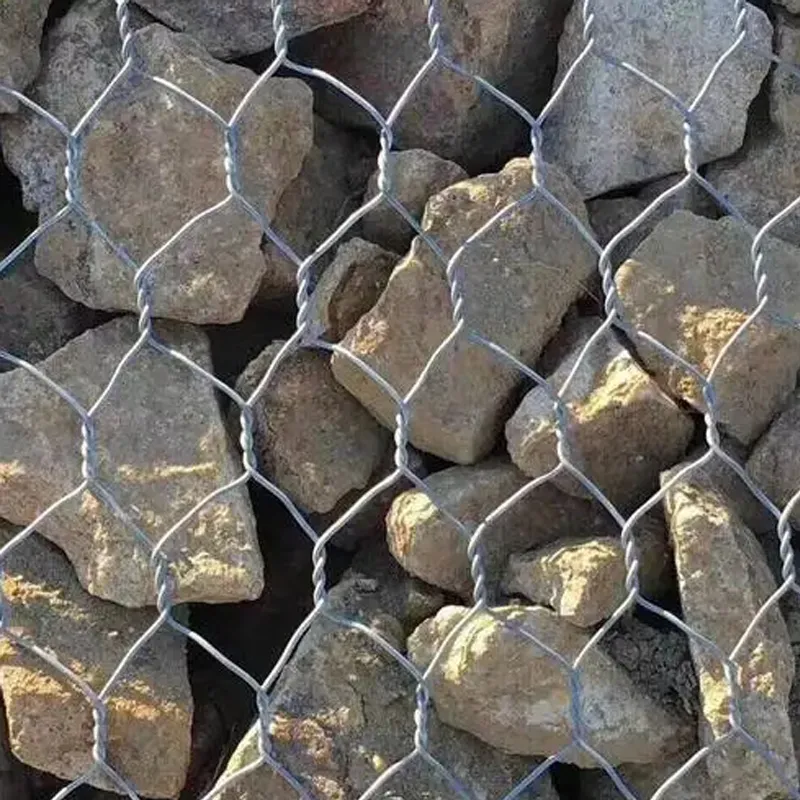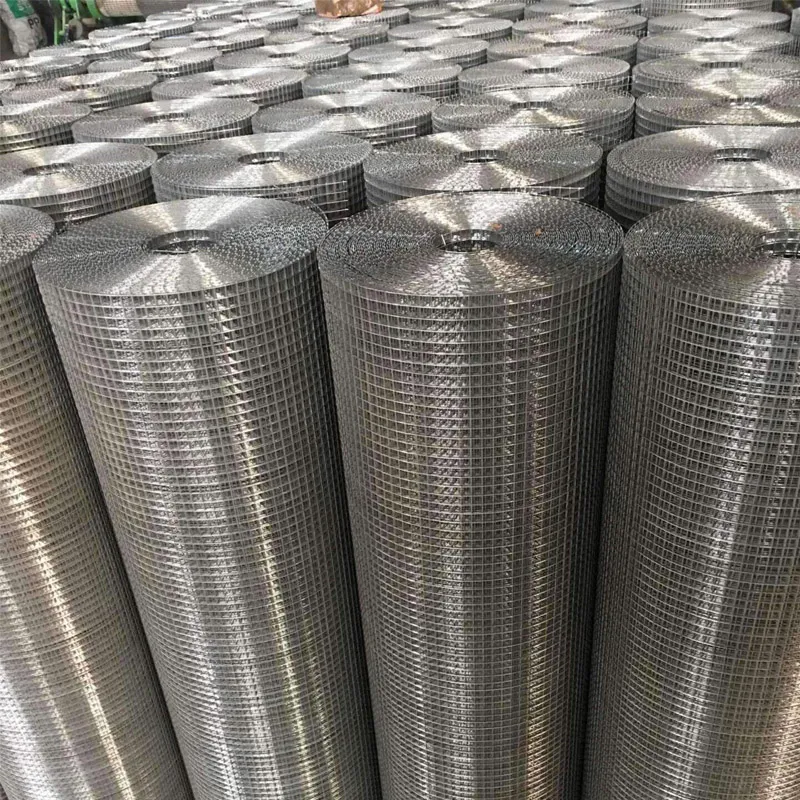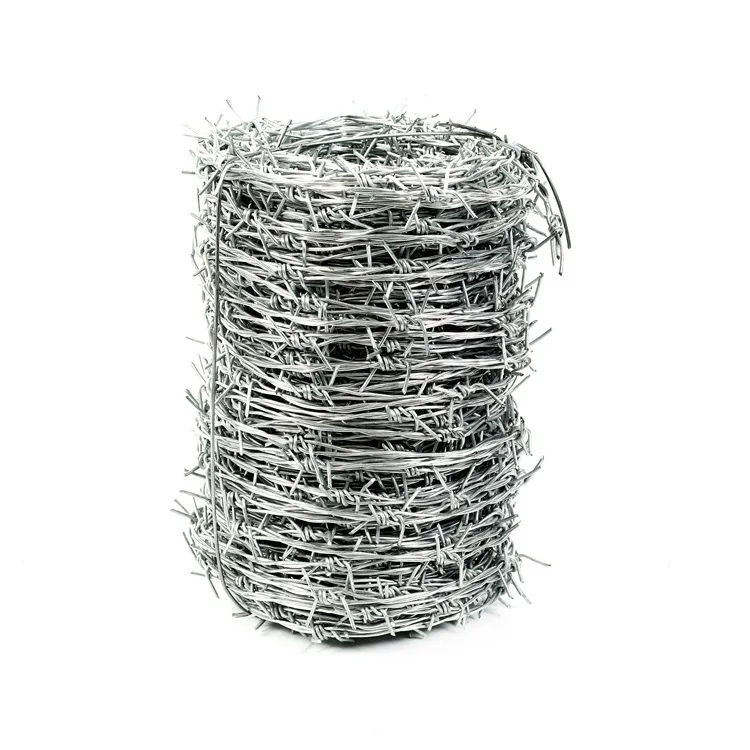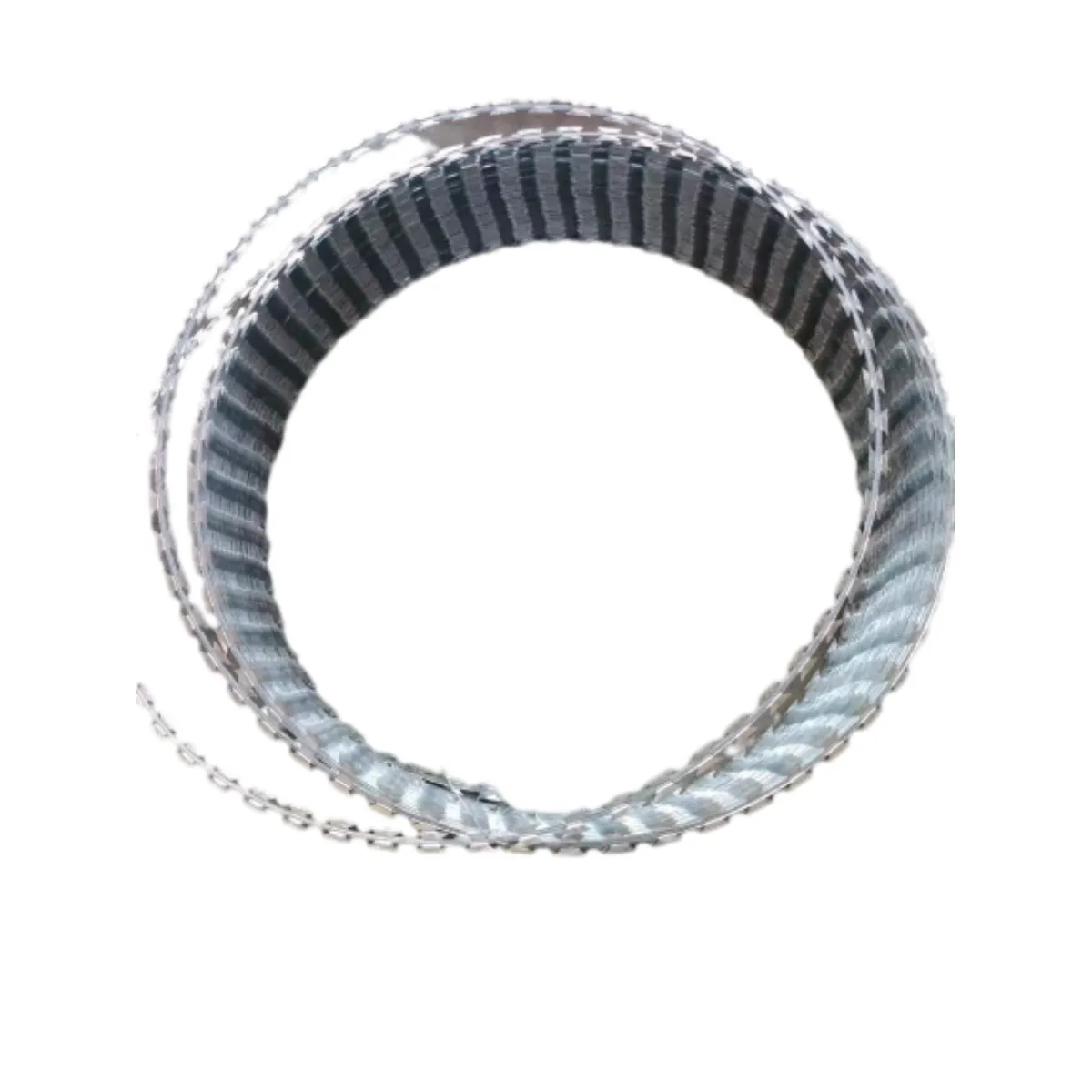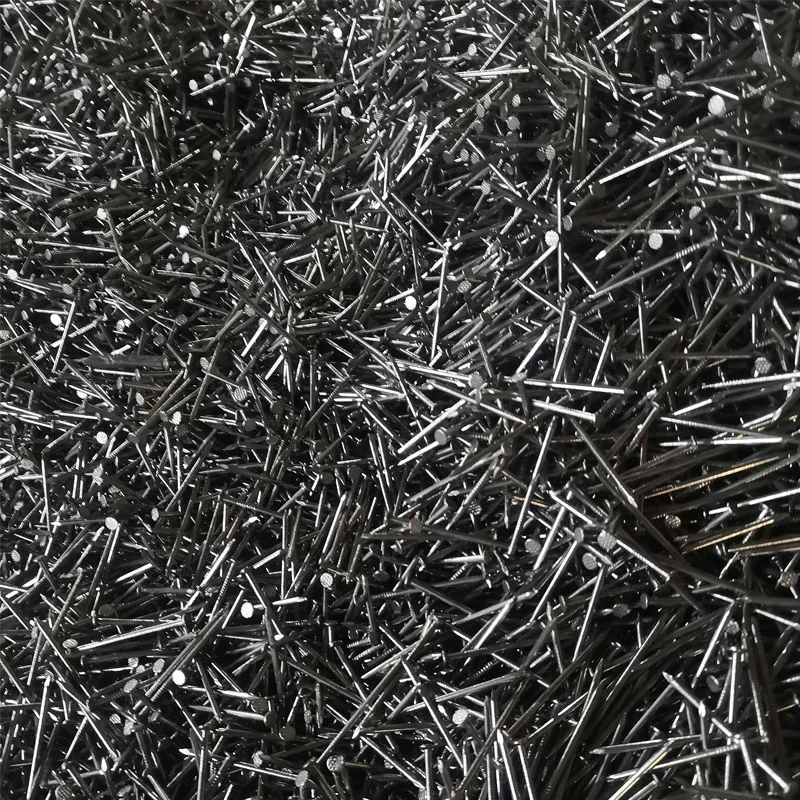Sep . 30, 2025 14:20 Back to list
Common Nail Factory with OEM, Fast Delivery & Bulk Savings?
Inside a Common Nail Production Line: Notes from the Floor
I spent a week walking the floor of a common nail factory in Hebei, and honestly, it’s not glamorous—just disciplined. Wire coils rattle, dies clap, quality techs squint at gauges. Origin matters here: Business building Tongxiang, Shijiazhuang City, Hebei Province. That’s the address, but the story is the steady craft of making the world’s most underestimated fastener: the Common Nail.
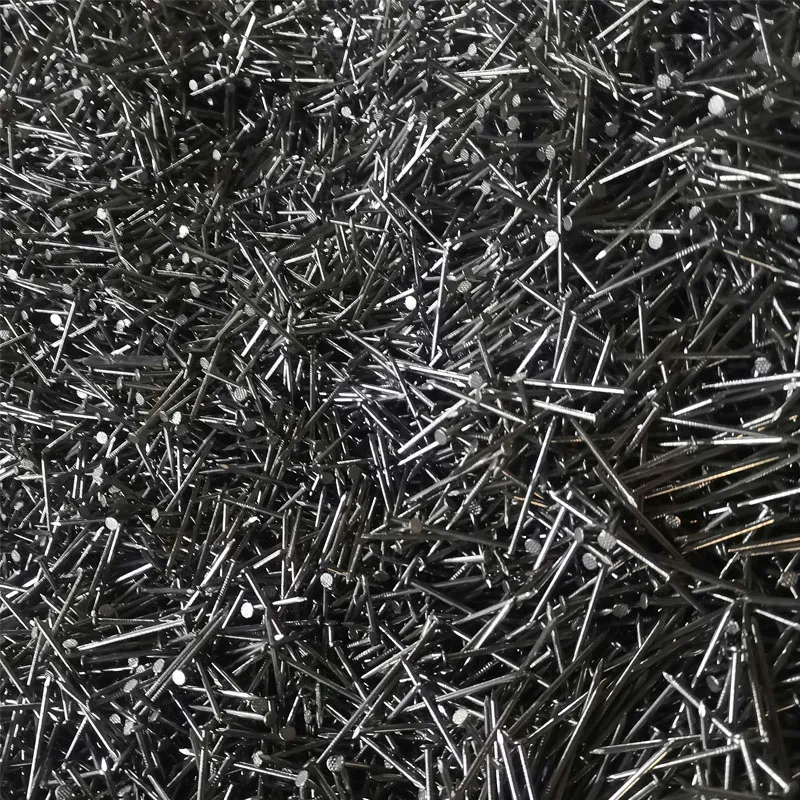
What’s moving the market
Builders tell me demand tracks housing starts (no surprise), but there’s a twist: pallet makers and prefab housing shops have become the steady heartbeat. Anti-corrosion coatings and tighter dimensional tolerances are trending—contractors say they’d rather pay a cent more than fight jams on the gun. It seems that post-pandemic logistics also nudged buyers toward stable, audited suppliers like common nail factory operations with documented QA.
Technical backbone (in plain English)
- Material: Low-carbon steel wire (Q195/Q235), sometimes boron micro-alloy for tougher bends.
- Finish: Bright, electro-galvanized (EG), or hot-dip galvanized (HDG). Black phosphate for specific interior uses.
- Geometry: Wide head, smooth shank, diamond point. Sizes 2d–60d (≈1–6 in).
- Typical tensile strength: around 550–700 MPa; real-world use may vary by heat and coating line.
- Standards touchpoints: ASTM F1667 for nails; ASTM A153 for HDG; ISO 6508 for hardness checks.
Product spec snapshot
| Item | Spec | Notes |
|---|---|---|
| Length range | 1–6 in (2d–60d) | Common framing, crates, general carpentry |
| Shank diameter | ≈1.6–5.8 mm | Tolerances typically ±0.05 mm |
| Head | Wide, flat | Prevents pull-through on sheathing |
| Coating | Bright / EG / HDG | EG ≈ 8–15 μm; HDG ≈ 45–85 μm |
| Point | Diamond | Reduces splitting |

From wire to pallet: the process flow
- Wire rod selection (Q195/Q235), mill certs reviewed.
- Pickling & drawing: diameter brought to spec; surface de-scaled.
- Annealing: improves ductility (helps in bend tests).
- Cold heading & point forming: head stamped, diamond point cut.
- Shank smoothing: ensures consistent feed in guns.
- Coating: Bright polish, EG (ASTM B633 ref.), or HDG (ASTM A153).
- QC: Dimensional check (ASTM F1667), hardness (ISO 6508), coating thickness sampling, bend test (no cracks at target angle).
- Packing & palletization: private label available.
Typical service life: interior bright/EG ≈ 10–15 years; exterior HDG ≈ 20–30 years in mild environments. Coastal or acidic zones? I’d spec HDG or better, to be safe.
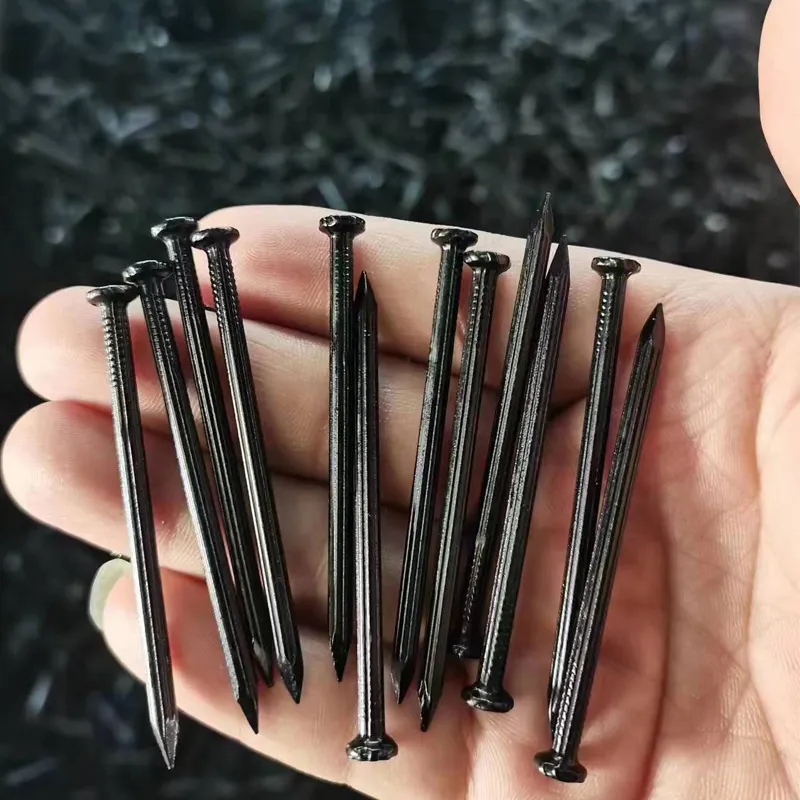
Where they’re used (and why)
Framing, carpentry, shear walls with wood structural panels, crates, pallets, and general indoor construction. Many customers say gun-feed reliability and coating consistency are what keep them loyal to a common nail factory supplier.
Vendor comparison (quick take)
| Vendor | Coatings | MOQ | Lead Time | Standards | Notes |
|---|---|---|---|---|---|
| Yiszhe Wire Mesh | Bright / EG / HDG | ≈ 5–10 tons | 15–25 days | ASTM F1667, A153 | Strong QC; private label |
| Regional Mill B | Bright / EG | ≈ 8 tons | 20–30 days | ASTM F1667 | Limited HDG |
| Local Supplier C | Bright | ≈ 3 tons | 7–14 days | House spec | Fast, less documentation |
Customization and QA
Options: shank diameter, head emboss, coating thickness, bulk/box/strip packaging, and barcoding. Factory QA I observed: dimensional checks every 30 minutes, coating thickness sampling per batch, and bend tests (no visible cracks). Withdrawal and shear tests are run on request per ASTM D1761. That’s the kind of discipline you want from a common nail factory.

Mini case study
A Midwest prefab builder switched to HDG common nails for exterior modules. Result? Nail-gun jams dropped about 22% (shop logs), and corrosion callbacks nearly disappeared over 12 months. Not thrilling news—until you see the saved labor hours.
Citations
- ASTM F1667 – Standard Specification for Driven Fasteners—Nails, Spikes, and Staples.
- ASTM A153/A153M – Zinc Coating (Hot-Dip) on Iron and Steel Hardware.
- ISO 6508-1 – Metallic materials—Rockwell hardness test.
- EN 14592 – Timber structures—Dowel-type fasteners—Requirements.
- ASTM B633 – Electrodeposited Coatings of Zinc on Iron and Steel.
- ASTM D1761 – Mechanical Fasteners in Wood—Test Methods.
-
Pre Cut Wire - Straightened, Deburred, Custom Lengths
NewsNov.17,2025
-
Binding Wire for Sale - Durable, Rust-Resistant, Bulk Deals
NewsNov.17,2025
-
Field Fencing for Horses – Safe, Durable, Easy Install
NewsNov.17,2025
-
Euro Fence Factory: Durable, Custom Euro Style Fences
NewsNov.17,2025
-
Euro Fence Factory: Durable OEM Panels, Direct Pricing
NewsNov.17,2025
-
Chain Link Fence Suppliers | Galvanized, Factory-Direct
NewsNov.11,2025


